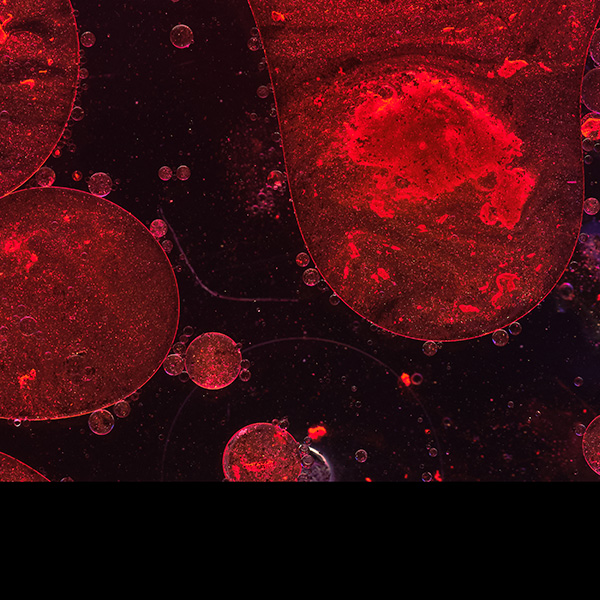Key Benefits
'- Confirm low testosterone and pinpoint whether testicular or pituitary in origin.
- Spot low bioactive testosterone that total testosterone alone can miss.
- Clarify fatigue, low libido, erectile issues, or depression linked to hypogonadism.
- Differentiate primary (high LH/FSH) from secondary (low/normal LH/FSH) hypogonadism.
- Guide therapy choice, dosing, and referral for pituitary or testicular evaluation.
- Protect fertility by identifying cases better treated with hCG or SERMs, not testosterone.
- Track treatment response; interpret with symptoms, two morning levels, SHBG, and prolactin.
- Flag risks like anemia, bone loss, or metabolic issues that warrant management.
What are Male Hypogonadism
Male hypogonadism biomarkers are blood signals that map the brain–pituitary–testis system and explain why testosterone-related symptoms arise. They show how much testosterone your testes make and how much is actually usable by tissues, and whether the brain is sending strong or weak instructions. Key markers include testosterone (total) and its unbound, active portion (free or bioavailable testosterone), which reflect androgen supply. Sex hormone–binding globulin (SHBG) determines how much testosterone is free to act. Luteinizing hormone (LH) is the pituitary’s command to the testes to produce testosterone in Leydig cells. Follicle‑stimulating hormone (FSH) and inhibin B track Sertoli cell activity and sperm production (spermatogenesis). Estradiol (E2), made from testosterone, provides feedback that helps set the system’s balance, and prolactin can dampen the brain’s signal to the testes. Read together within the hypothalamic–pituitary–gonadal (HPG) axis, these biomarkers locate whether the issue lies in the testes or upstream in the control signals, and reveal whether reduced testosterone impact is from low production or limited availability.
Why are Male Hypogonadism biomarkers important?
Male hypogonadism biomarkers—total, free, and bioavailable testosterone with the pituitary signals LH and FSH—map the hypothalamic–pituitary–testicular axis. They show how brain and testes regulate sex hormones that drive sexual function, fertility, muscle and bone, blood formation, mood, and metabolism.
In adult men, total testosterone is roughly 300–1000, often mid–upper half. Free and bioavailable are the active fractions; ranges are assay- and SHBG-dependent, so interpret relative to the lab, typically mid-reference. LH and FSH span low single digits to low teens; marked elevation or suppression matters.
High LH/FSH with low testosterone indicates primary testicular failure; low or inappropriately normal LH/FSH points to pituitary or hypothalamic causes. Men may notice fewer morning erections, low libido, erectile weakness, fatigue, low mood, increased fat, loss of muscle and strength, and bone loss. Fertility can fall via impaired sperm production, sometimes with small, soft testes or gynecomastia. In adolescents, delayed puberty and slow growth are clues; in older men, symptoms are subtler and often track with free testosterone. Very high testosterone is uncommon; high T with suppressed LH/FSH suggests exogenous androgens or rare tumors, while high LH/FSH with normal T can signal compensated testicular strain.
Big picture, these markers link endocrine, reproductive, musculoskeletal, and cardiometabolic systems. Chronic hypogonadism is associated with low bone density, anemia, infertility, insulin resistance, and cardiovascular risk. A full panel clarifies cause and connects hormone balance to long-term vitality.
What Insights Will I Get?
Male hypogonadism affects energy, muscle and bone maintenance, fat distribution, glucose and lipid handling, mood and cognition, sexual function, red blood cell production, and immune balance. It reflects how well the hypothalamic–pituitary–testicular (HPT) axis is signaling. At Superpower, we test Testosterone, Free T, Bioavailable T, LH, and FSH to map this system end to end.
Testosterone (total) is all circulating testosterone, most bound to SHBG and albumin. Free T is the unbound fraction that enters cells; Bioavailable T is free plus loosely albumin‑bound testosterone, a practical index of tissue-accessible androgen when SHBG varies. LH (luteinizing hormone) from the pituitary drives Leydig cells to produce testosterone. FSH (follicle‑stimulating hormone) supports Sertoli cell function and spermatogenesis. Low testosterone with high LH/FSH suggests primary testicular failure; low testosterone with low or inappropriately normal LH/FSH indicates central (hypothalamic–pituitary) hypogonadism.
For stability and healthy function, total and free/bioavailable T in the reference range with appropriate diurnal pattern imply adequate androgen supply. Persistently low free or bioavailable T aligns best with symptomatic deficiency. Elevated LH/FSH with low T signals stressed or failing testes; low/normal LH/FSH with low T reflects impaired central drive. Normal LH/FSH with low bioavailable T can occur when SHBG is altered, masking true tissue availability.
Notes: Interpretation varies with age, timing (morning levels are higher), acute illness, obesity, liver/thyroid status via SHBG, medications (androgens, opioids, glucocorticoids), sleep deprivation, and assay differences; repeat confirmation improves accuracy.







.avif)



.svg)





.svg)


.svg)


.svg)

.avif)
.svg)










.avif)
.avif)
.avif)


.avif)
.png)


